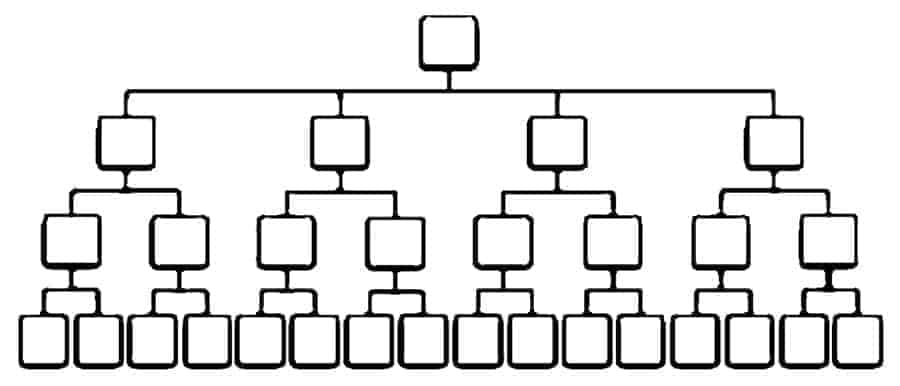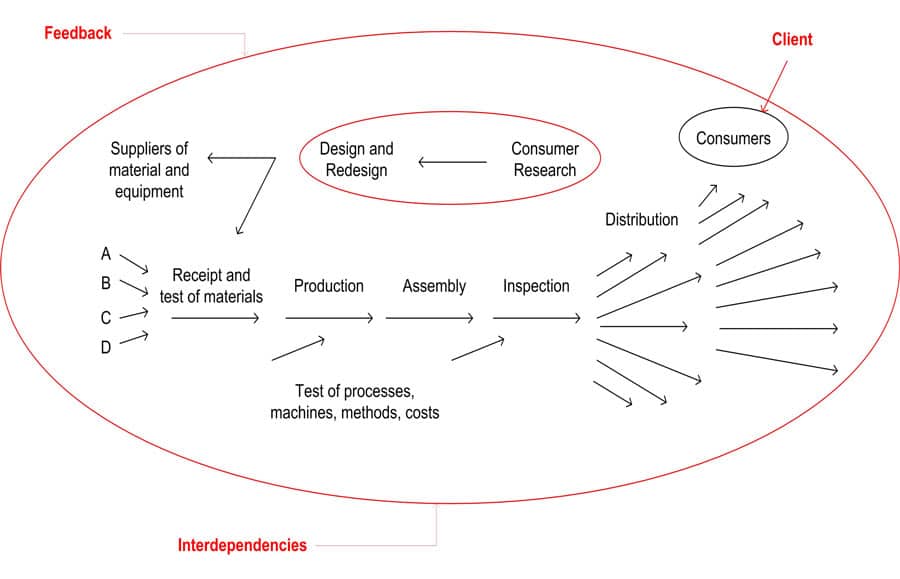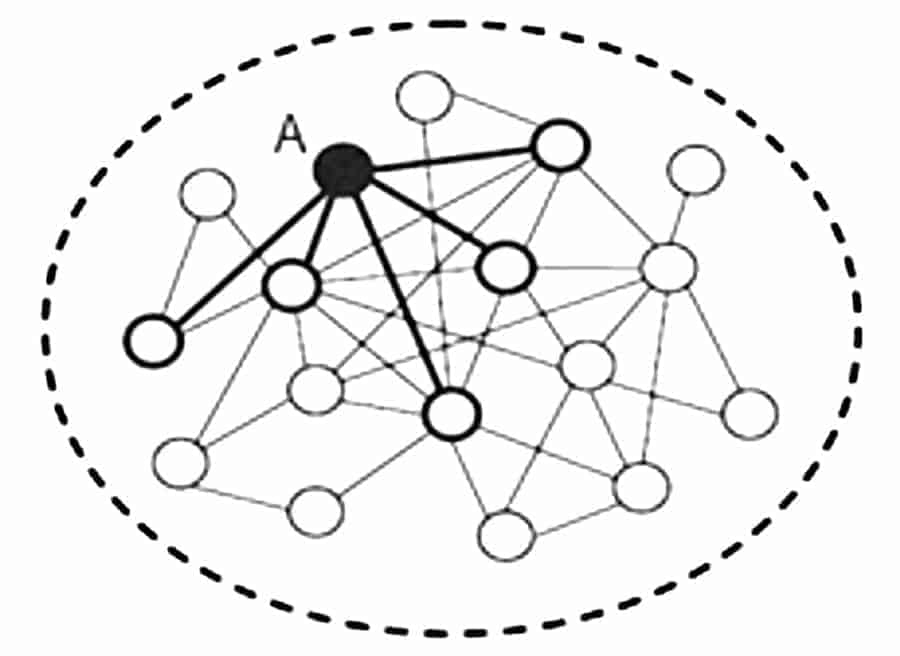Everything positive about the Digital Age connects with speeding up the flow of delivery of goods and services to the end user. Speed of flow determines success. Digital Transformation exposes the inadequacy of poorly designed interactions. Why? Because speeding up flow involves stripping out everything that does not add value to the process of producing goods or delivering a service. Only tasks that add value to the process of delivery have a place in the chain of value. Everything else is redundant.
The lesson to be learned through digitization is to always add value for the customer. Any business that is not designed to perform with speed of flow and customer-centric thinking at its core will fall behind. The focus has shifted radically and that is why established businesses can struggle. Technology can certainly help, but failure to adopt this speed-of-flow mindset is causing casualties.
Silos – the number one enemy of Digital Transformation
The number one reason that organizations stumble in the process of Digital Transformation is the way they are “organized”. Digitization is teaching us that speed of flow must be the focus, but for many organizations the main concern has been one of control. How do you control the work of many employees working for one organization? For decades, it was sufficient to ‘divide and conquer’ by placing a few individuals at the head of ‘divisions’ or ‘functions’ and one individual at the top to control the division heads. The problem with this traditional hierarchy is that these divisions quickly become silos, blocking the ability of processes and communication to flow as they should towards achieving the goal of the organization. The most dangerous failing is that the customer is not part of this ‘pyramid’ picture. So it makes little sense to simply digitize an existing organizational model and hope for the best. Digitization requires deep re-thinking of how we do what we do.

Overcoming silos
As far back as the 1950s, Dr. W. Edwards Deming, the father of the Quality movement, explained relentlessly that organizations must be understood as one whole system. This whole system receives external inputs that are transformed into output for the customer and a feedback cycle from the customer informs a cycle of continuous improvement. It is a flow-based and customer-centric understanding of what an organization is and how it can deliver its purpose most effectively. Today, any organization that ignores this fundamental wisdom severely under-optimizes their efforts and misses an unprecedented opportunity to shape their organization towards achieving their goal. Digital Transformation is bringing with it the lesson, and the opportunity, that Deming taught so passionately many years ago.

Meaningful work
The opportunities that Digital Transformation can bring include more meaningful work. When we design an organization effectively for the Digital Age we eliminate waste and redundant tasks. This improves the quality of what we produce and the experience of work for the people that carry it out. By correctly designing interdependencies (who does what, when and why) end-to-end systemically, people interact in a way that makes sense and adds value and this inherently creates more meaningful work, the end purpose of which is clear. Moreover, a systemic perspective allows organizations to step back and see the bigger picture – that they are part of a larger value chain.
A mindset of quality, involvement and flow
The mindset that leaders and managers must equip themselves with for the Digital Age is a whole system understanding of work based on:
- Delivering quality goods and services – this can be assured through designing correct interdependencies, managing variation to build reliable processes, listening to the customer through feedback and continuous improvement;
- Meaningful involvement of staff based on well-designed interdependencies and managing variation in human interactions through “intelligent emotions”, transparency and win-win agreements;
- Speed of flow – this can be achieved through an effective systemic design of the organization that allows processes and communication to flow unimpeded by artificial barriers. We propose a ‘Network of Projects’ model where flow can be accelerated by identifying a “leverage point” (constraint) in the organization.
- Continuous innovation – this means continuously challenging assumptions to understand how to satisfy best the needs of the customer. This is a process that can be learned.

Fight fear with knowledge
The speed at which the business world is changing can be exhilarating but also creates fear and anxiety. The changes required are radical and deeply challenging for leaders whose thinking is stuck in outdated models. It is, above all, a cognitive challenge. The pace of adapting and thriving is dictated by what we call the ‘human constraint’, in other words, our ability to challenge assumptions and conceive and operate new solutions.
Digital Transformation urgently invites us to shift away from the divisive, silo-ed and zero-sum game mentality that still pervades so many organizations towards a systemic way of working based on win-win collaboration and transparency. The good news is that the knowledge to guide organizations to become fit for 21st century does exist and has been with us for a while. Applying it requires some time and effort, but as Deming said, “Learning is not compulsory, neither is survival.”
With this article, Domenico Lepore starts a mini-series of articles that focuses on how to build companies that are fit for the digital age. The next one will be about getting rid of information silos in organizations.





















Add Comment